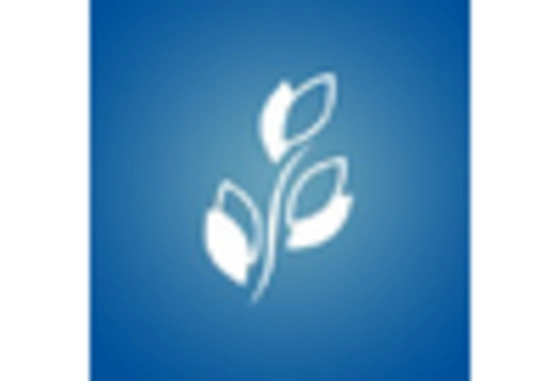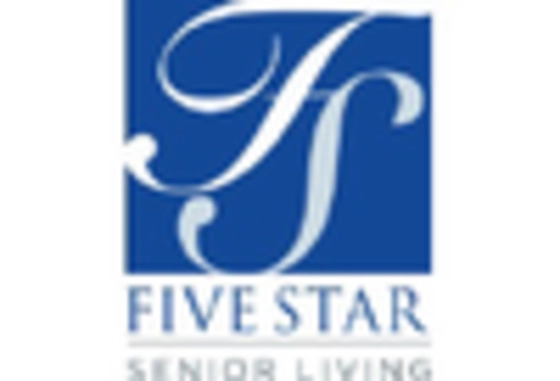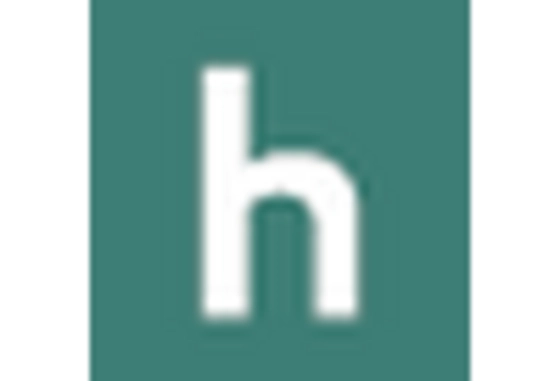Aging Population
The aging population is a primary driver of the Assisted Living Facility Market. As life expectancy increases, a larger segment of the population is entering retirement age, leading to a heightened demand for assisted living services. According to recent demographic data, individuals aged 65 and older are projected to reach 95 million by 2060, which represents a significant increase from previous years. This demographic shift necessitates the expansion of assisted living facilities to accommodate the growing number of seniors who require assistance with daily activities. Furthermore, the preference for aging in place has led many older adults to seek out assisted living options that provide a balance of independence and support. Consequently, the Assisted Living Facility Market is likely to experience robust growth as it adapts to the needs of this expanding demographic.
Technological Advancements
Technological advancements are reshaping the landscape of the Assisted Living Facility Market. Innovations such as telehealth services, remote monitoring, and smart home technologies are enhancing the quality of care provided to residents. These technologies not only improve health outcomes but also increase operational efficiency within facilities. For instance, the integration of wearable health devices allows for real-time monitoring of residents' health metrics, enabling timely interventions when necessary. Moreover, the adoption of technology can lead to cost savings for facilities, making them more attractive to potential residents. As technology continues to evolve, the Assisted Living Facility Market is likely to see increased investment in these innovations, further driving growth and improving the overall resident experience.
Regulatory Support and Funding
Regulatory support and funding initiatives are playing a pivotal role in the growth of the Assisted Living Facility Market. Governments are increasingly recognizing the importance of providing quality care for the aging population and are implementing policies that support the development of assisted living facilities. This includes financial incentives, grants, and subsidies aimed at improving infrastructure and services. Additionally, regulatory frameworks are being established to ensure that facilities meet specific standards of care, which can enhance consumer confidence. As funding opportunities expand and regulations become more favorable, the Assisted Living Facility Market is likely to experience accelerated growth, enabling facilities to enhance their offerings and improve the quality of life for residents.
Shift Towards Person-Centered Care
There is a notable shift towards person-centered care within the Assisted Living Facility Market. This approach emphasizes individualized care plans that cater to the unique needs and preferences of each resident. Facilities are increasingly focusing on creating environments that promote autonomy, dignity, and respect for residents. This trend is supported by research indicating that person-centered care can lead to improved satisfaction and better health outcomes for seniors. As families seek out facilities that prioritize personalized care, the demand for assisted living options that align with these values is expected to rise. Consequently, the Assisted Living Facility Market is likely to adapt by enhancing its service offerings to meet the expectations of both residents and their families.
Increased Chronic Health Conditions
The prevalence of chronic health conditions among the elderly population is another critical driver of the Assisted Living Facility Market. Conditions such as diabetes, heart disease, and dementia are becoming increasingly common, necessitating specialized care and support. Data indicates that approximately 80% of older adults have at least one chronic condition, which often complicates their ability to live independently. Assisted living facilities are uniquely positioned to provide the necessary medical care and assistance, thereby attracting individuals who require ongoing support. This trend is expected to continue, as the number of seniors with chronic health issues is projected to rise. As a result, the Assisted Living Facility Market is likely to expand to meet the growing demand for tailored care solutions that address the complexities of aging and chronic illness.


















Leave a Comment